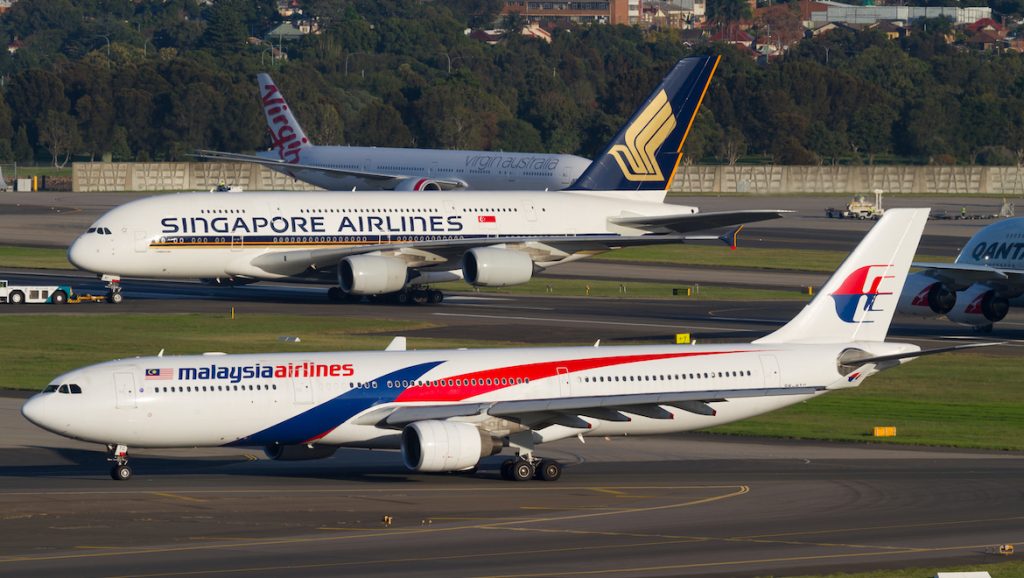
Malaysia Airlines is set to become the latest carrier to abandon its Airbus A380s, following a major restructure that saved the airline from going under.
Since the beginning of the COVID-19 pandemic, airlines around the globe have grounded, and ultimately retired, their A380s, as the unprecedented drop in demand for long-haul air travel has decimated cash flow.
Speaking at an online press briefing, Malaysia Airlines CEO Izham Ismail said the airline was now in the process of exploring ways to offload its four-engine superjumbos, as the airline will no longer require them in the future.
“We are cognisant of the challenges to sell this aeroplane, but we are still looking at ways and means to dispose of our 380 fleet,” he said.
“At the moment, the management is convinced that the 380 doesn’t fit the future plan.”
Malaysia was among the final customers of the A380, taking delivery of its last jet in 2013. Airbus is now no longer producing the A380.
The airline used to use its A380 fleet to connect its hub in Kuala Lumpur to London and Hong Kong.
The news comes following a February decision by a UK bankruptcy court to formally approve parent company Malaysia Aviation Group (MAG) to move ahead with its restructuring plan for the beleaguered airline.
MAG said the approved restructuring plan included a deal between its leasing unit and most of its aircraft lessors, as well as a capital injection of US$891 million from state-owned sole stakeholder Khazanah Nasional.
The deal will reduce the national carrier’s liabilities of over US$3.7 billion, and fund the business through the restructuring period until 2025.
MAG also announced this week that the airline is prepared to begin taking delivery of its 737 MAX orders in 2024, though Izham noted that the airline is” exploring the possibility” of moving this delivery date forward.
The airline CEO added that he hoped any ongoing issues regarding the 737 MAX would be resolved by then, and consumer confidence would be restored.
As it stands, Malaysia Airlines has orders with Boeing for 25 MAX jets, including 15 MAX 8s, and 10 larger MAX 10s.
The airline’s initial 2016 order only included 25 MAX 8s, however, the carrier opted to reconfigure its order by swapping out 10 jets for the larger MAX variant.
Despite its challenges, Malaysia Airlines is intending to reach break even point in 2023 under its restructuring plan, assuming that demand in the domestic and south-east Asian travel markets hit 2019 levels by the second or third quarter of 2022.
Izham has also previously said that the group is intending to diversify its businesses, and reposition itself as a “one-stop” global travel group, in order to return to profitability.
“This signifies a paradigm shift in the way we prioritise the different business segments and subsidiaries in the group’s portfolio,” Izham said.
“We seek to expand MAG’s involvement into other travel-related products and services beyond flights, which will go a long way in helping our customers complete their end-to-end travel experience.”
MAG said it expects its non-flying related revenue to accelerate by 60 per cent to US$972 million by 2025.
In October last year, World of Aviation reported Izham threatening that Malaysia Airlines would have “no choice” but to shut down entirely if the airline’s creditor did not throw support behind its proposed restructuring plan.
Should lessors not agree to the restructuring plan, Izham said the company is not afraid to execute “Plan B”, which would involve shifting Malaysia Airlines’ air operators certificate (AOC) over to a new airline under a different name, or using the certificates of sister airlines Firefly and MASwings.










